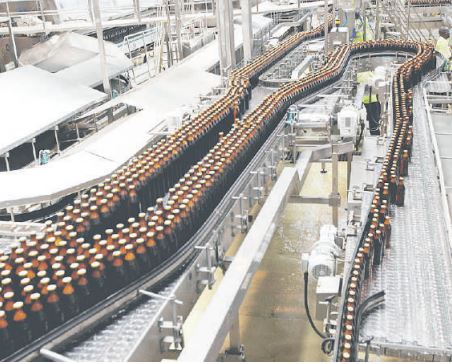
Kenya's private sector faced additional challenges as the first half of 2025 ended, as the latest survey data highlighted contractions in both output and new orders for the second month running.
The monthly Purchasing Managers’ Index (PMI) released on Thursday by Stanbic Bank attributes weaker business conditions to lower customer spending, challenging economic conditions and operational disruptions from protests.
The downturn was compounded by a steeper fall in new orders, with over 30 per cent of surveyed businesses reporting reduced sales intakes, compared to only 20 per cent noting an expansion.
“Firms consistently cited difficult conditions for clients as the main factor behind diminishing new business,’’ the survey reads.
The Kenya PMI fell further in June, registering below the 50.0 neutral mark for the second month running.
At 48.6, down from 49.6 in May, the index signalled a modest decline in business conditions that was the sharpest in 11 months.
Readings above 50.0 signal an improvement in business conditions on the previous month, while readings below 50.0 show a deterioration.
Firms showed increased stockpiling activity in June, with inventory levels rising at the strongest pace since October 2022, reflecting both optimistic demand expectations and strategic purchasing amid favourable material prices.
However, purchasing activity continued to decline, with June recording the steepest contraction since July 2024, as businesses adjusted their buying patterns in response to softer sales trends.
On the price front, businesses faced greater cost pressures, with input price inflation accelerating to its highest level since January. Quicker inflation was primarily attributed to rising salary burdens, while purchase price inflation moderated to a four-month low.
Meanwhile, output prices rose only modestly as companies balanced cost recovery with efforts to maintain their customer base amid challenging market conditions.
Nevertheless, confidence about future activity strengthened and headcounts increased, while delivery times improved at the sharpest rate in almost two years.
Input prices and output charges both rose, with inflation rates ticking up from May.
Despite these headwinds, firms displayed increased optimism about future prospects, as sentiment levels reached their highest since May 2024.
Approximately 18 per cent of respondents expressed confidence in their ability to boost output over the next year, citing expectations of improved sales and market expansion.
This optimism represented a marked improvement from the muted sentiment levels recorded earlier in the year.
Employment conditions were also a bright spot, with staffing levels rising for the fifth consecutive month, albeit only marginally.
Companies also reported improved vendor performance, with delivery times shortening to the greatest extent in nearly two years, driven by intense competition and reduced road congestion.
However, some respondents noted delays due to port clearance issues and material shortages.
Christopher Legilisho, Economist at Standard Bank attributes the dip in activity to output and new orders contracting because of weaker consumer spending, challenging economic conditions, and social protests reappearing in June
“Input
prices, purchase prices, staff costs and output prices all increased in June
but only matched, or came below, the long-term average — implying that
inflationary pressures are both low and contained. Price increases reflect
concerns about the increased tax burden being faced by businesses.”











